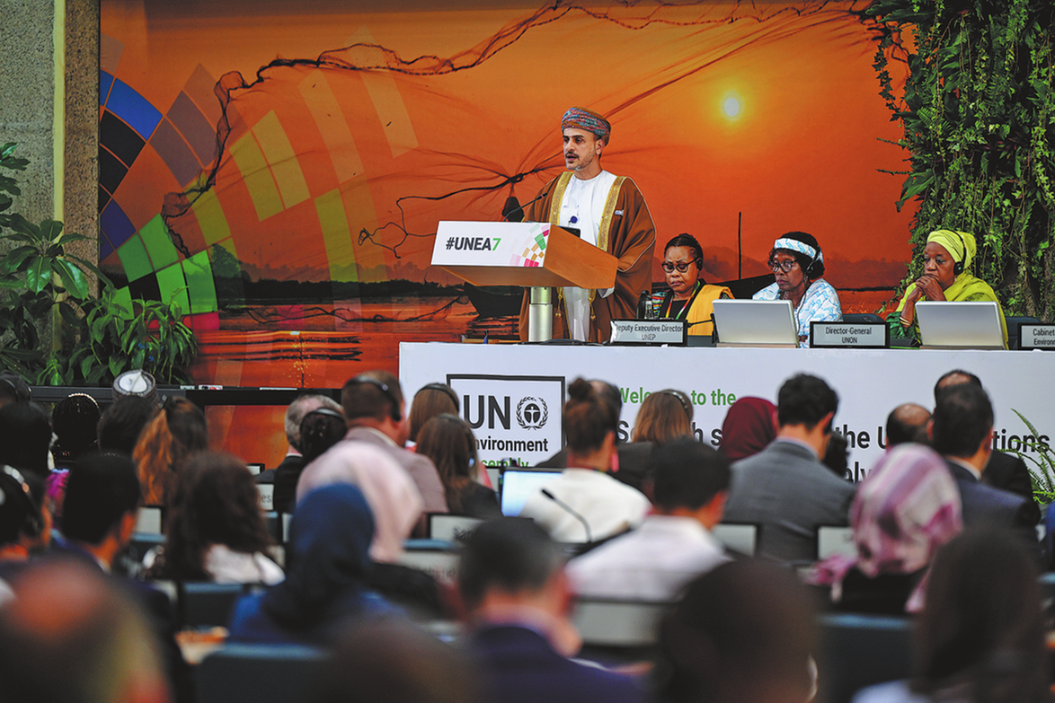Finishing product hopes for new start
By Wang Qian and Yang Jun | China Daily | Updated: 2024-09-02 07:32

Yu Zhongping explains that when tapping lacquer, the incision should not be either too long or too deep, because if the cambium is cut, the bark will peel off and the tree cannot retain moisture, leading to its withering or even death.
"Carefully chosen, these trees can be used every three or four years for sustainable development," Yu Zhongding says, adding that usually a tree can produce hundreds of milliliters of lacquer every year.
In Dafang county, Bijie, there are more than 500,000 lacquer trees planted with the revenue from raw lacquer reaching about 30 million yuan ($4.21 million), according to official data.
The preciousness of each drop means expertise in harvesting it is crucial. Meanwhile, lacquer is toxic, and can cause severe skin rash.
On Yu Zhongding's face, there are several dark scars left by the substance.
Although facing declining demand for lacquerware, Yu Zhongping says he doesn't want to retire and hopes to pass on the tradition to future generations.
With the sap being sold at a price of about 700 yuan per kilogram, a tapper can earn about 40,000 yuan a year.
Yu Zhongding knows that the once popular career is no longer promising with tapper numbers dropping dramatically along with social development and modernization.
Gao Yan, 35, a man of the Yi ethnic group, head of a lacquerware company in Dafang county, has felt the chill. He was the son of Gao Guangyou, an inheritor of Dafang lacquer art, a national-level intangible cultural heritage of the Yi people with a history of more than 600 years.
He knows that the lacquered high-end decorative items and collectibles in the past were no longer attractive to the younger generation, who prefer products with modern designs and practical function.
Dafang lacquerware, originated in the county, is traditionally molded on a base of horse or buffalo hide that is shaped after being soaked in water and then dried over a fire.
To produce each piece of lacquerware is time-consuming and requires great skill as there are many different processes and difficult techniques involved.
The tradition originated during the Eastern Han Dynasty (25-220) and Dafang lacquerware eventually evolved into tributes sent to the imperial court during the Ming (1368-1644) and Qing (1644-1911) dynasties.
























